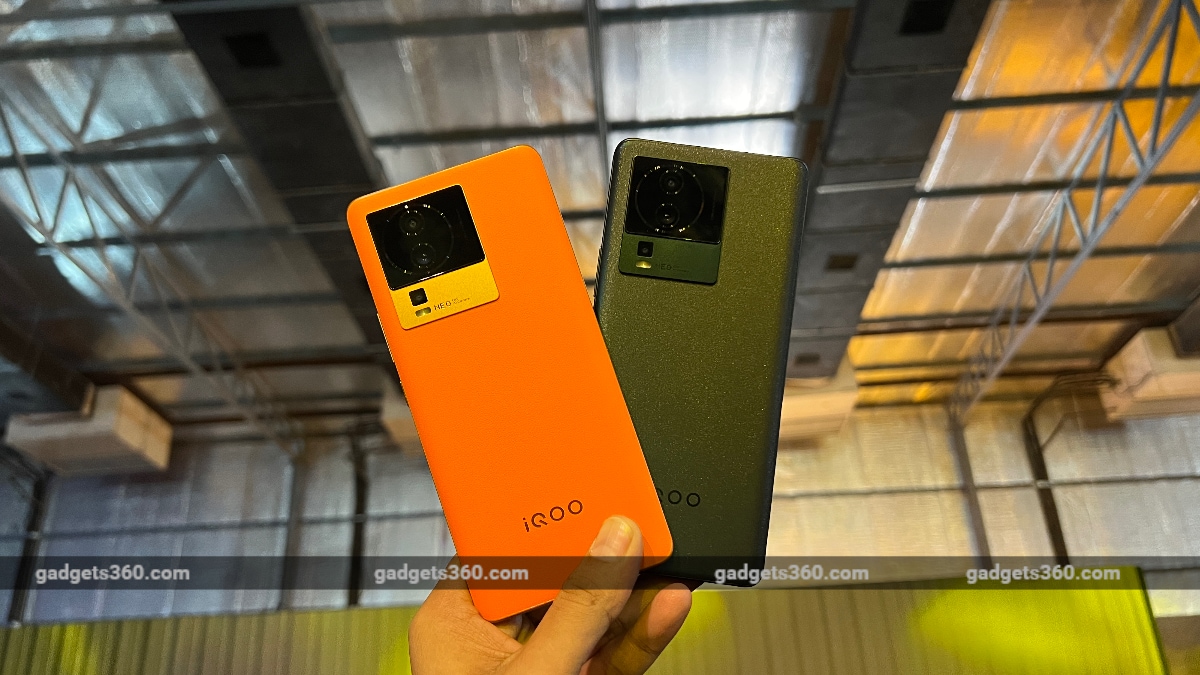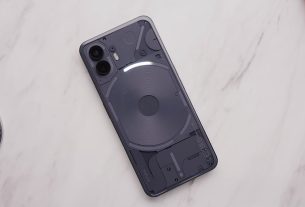
The
iQoo Neo 7 Pro 5G primary camera samples (tap to see full size)
The ultra-wide camera’s colour temperature is pretty close to that of the main camera. You also get good dynamic range and colours but the images are not as detailed. There is distortion around the edges, something that we see in almost all ultra-wide camera samples.
In terms of selfies, the iQoo Neo 7 Pro’s front camera does a pretty good job when it comes to getting the skin tones right in most cases. There is beautification on by default for those who do not want the extra step of post-processing an image. However, even if you disable it, the algorithm smoothens the skin a bit and also exposes the overall image slightly more than required.
iQoo Neo 7 Pro 5G camera samples (Top: Ultra-wide camera, bottom: front camera)
In terms of video, the iQoo Neo 7 Pro 5G can record up to 4K 60fps videos with the rear main camera, and the overall output is pretty good when it comes to colours, dynamic range and stabilisation. The front camera captures 1080p 30fps videos. While colours are usually good, dynamic range performance needs improvement.
Verdict
The iQoo Neo 7 Pro 5G introduces some key features that were missing in its younger sibling, the Neo 7 5G. You get a more complete camera system with better performance and a more powerful SoC. The phone also offers a smooth 120Hz AMOLED display with good speakers and an impressive battery life with 120W fast charging. As a package, the iQoo Neo 7 Pro 5G offers great value and clearly has an edge over the OnePlus Nord 3 (Review) when it comes to raw performance. However, the Nord 3 5G offers 16GB of RAM and does have an edge when it comes to overall camera performance.
The 12GB RAM variant’s price of the iQoo Neo 7 Pro 5G is quite close to the OnePlus 11R 5G‘s (Review) base model. The 11R 5G offers a higher resolution display with curved edges and has the same performance unit. The main difference between iQoo and its OnePlus rivals is the software experience, and I think most buying decisions will ultimately boil down to the preference of Android skins.


